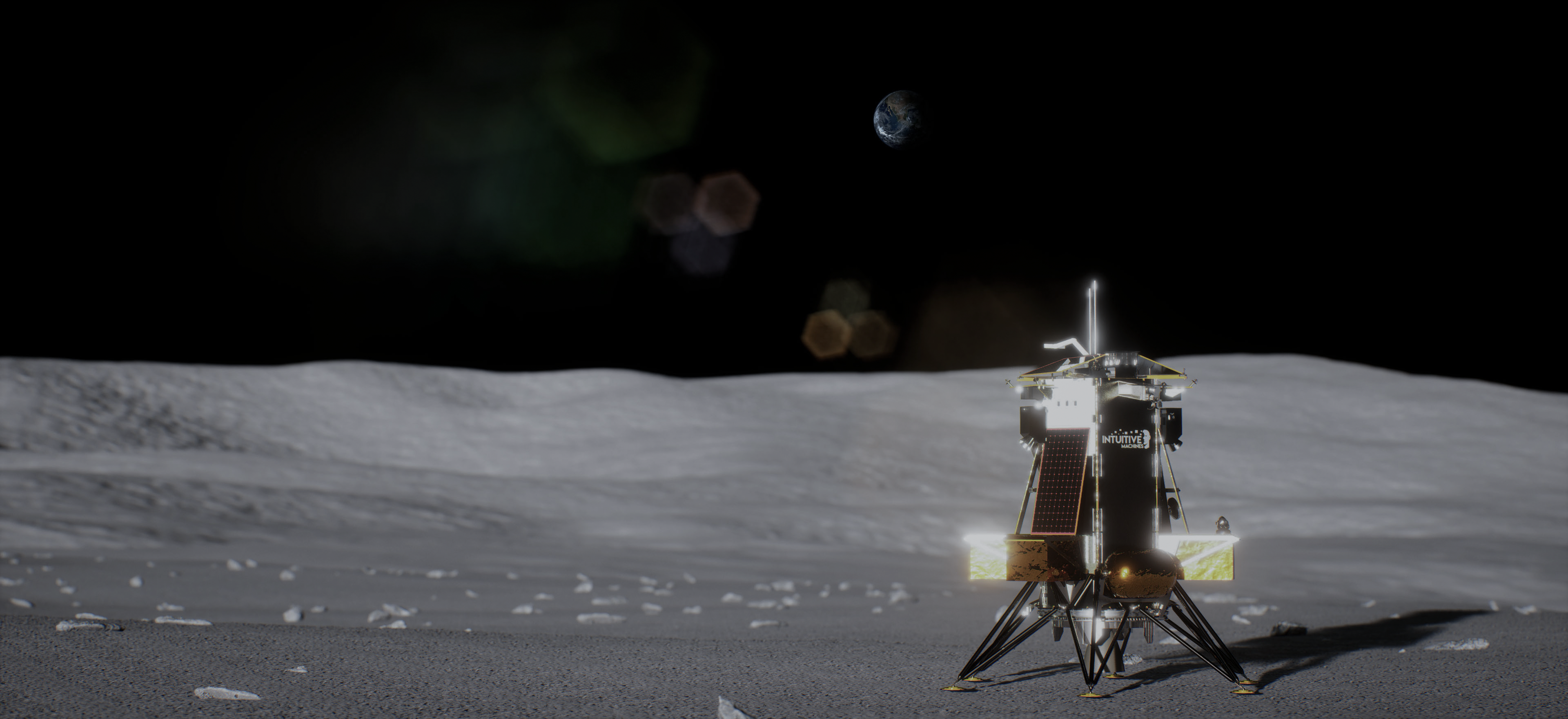Consisting of two pairs of solid-state telescopes (SST), the Lunar
Space Environment Monitor (LUSEM) is designed to detect
high-energy particles in the tens of keV to tens of MeV range,
such as solar energetic protons and secondary radiation, as well
as materials in the geomagnetic tail that have mostly been
measured from the lunar orbit rather than on the lunar surface.
Each pair consists of a nadir-viewing and zenith-viewing SST,
which take measurements of incoming and reflected high-energy
particles at the same time.
Attributed to the heritages
of KSEM (Korea Space Environment Monitor) aboard the Korean
geostationary meteorological satellite (Geo-KOMSAT-2A, GK2A).
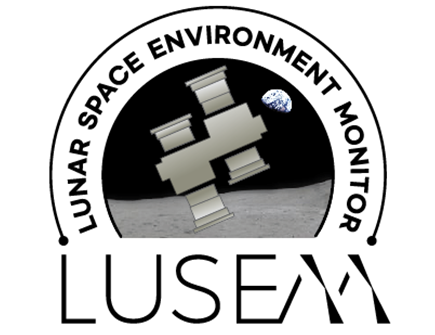
* Misson Year: 2024
* Landing site: Reiner Gamma
LUSEM will be onboard
the Nova-C lander of Intuitive Machines (IM) as part of the CP-11
(or IM-3) mission and will be operated on the Reiner Gamma swirl on
the Moon in 2024. Its measurements will contribute to understanding
space weathering on the Moon and the way geomagnetic materials are
transported to the lunar surface.
 LUSEM Sensor Head (LSH) & bracket (Credit: KASI/KHU)
LUSEM Sensor Head (LSH) & bracket (Credit: KASI/KHU)
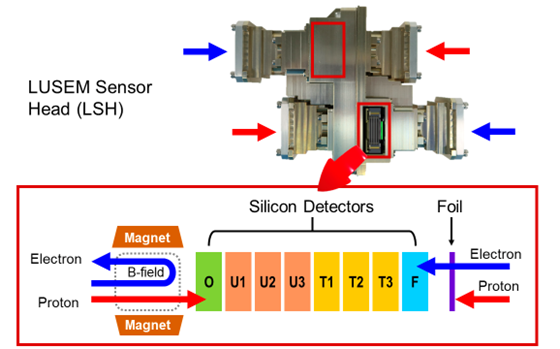 Operative mechanism of LSH (Credit: KASI/KHU)
Operative mechanism of LSH (Credit: KASI/KHU)
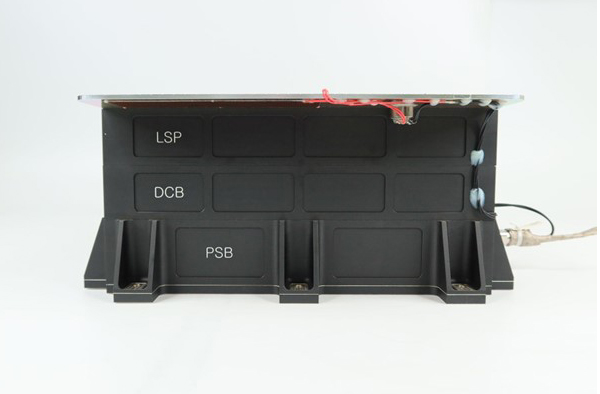 LUSEM Instrument Data Procesing Unit (IDPU) (Credit:
KASI/KHU)
LUSEM Instrument Data Procesing Unit (IDPU) (Credit:
KASI/KHU)
 Artist's concept of LUSEM aboard the Nova-C (IM-3) lunar lander of
Intuitive Machines (Credit: IM)
Artist's concept of LUSEM aboard the Nova-C (IM-3) lunar lander of
Intuitive Machines (Credit: IM)
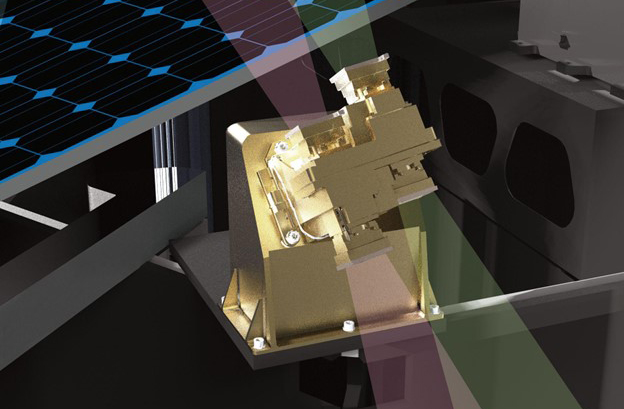 Artist’s concept of LUSEM (Credit: KASI/KHU)
Artist’s concept of LUSEM (Credit: KASI/KHU)
